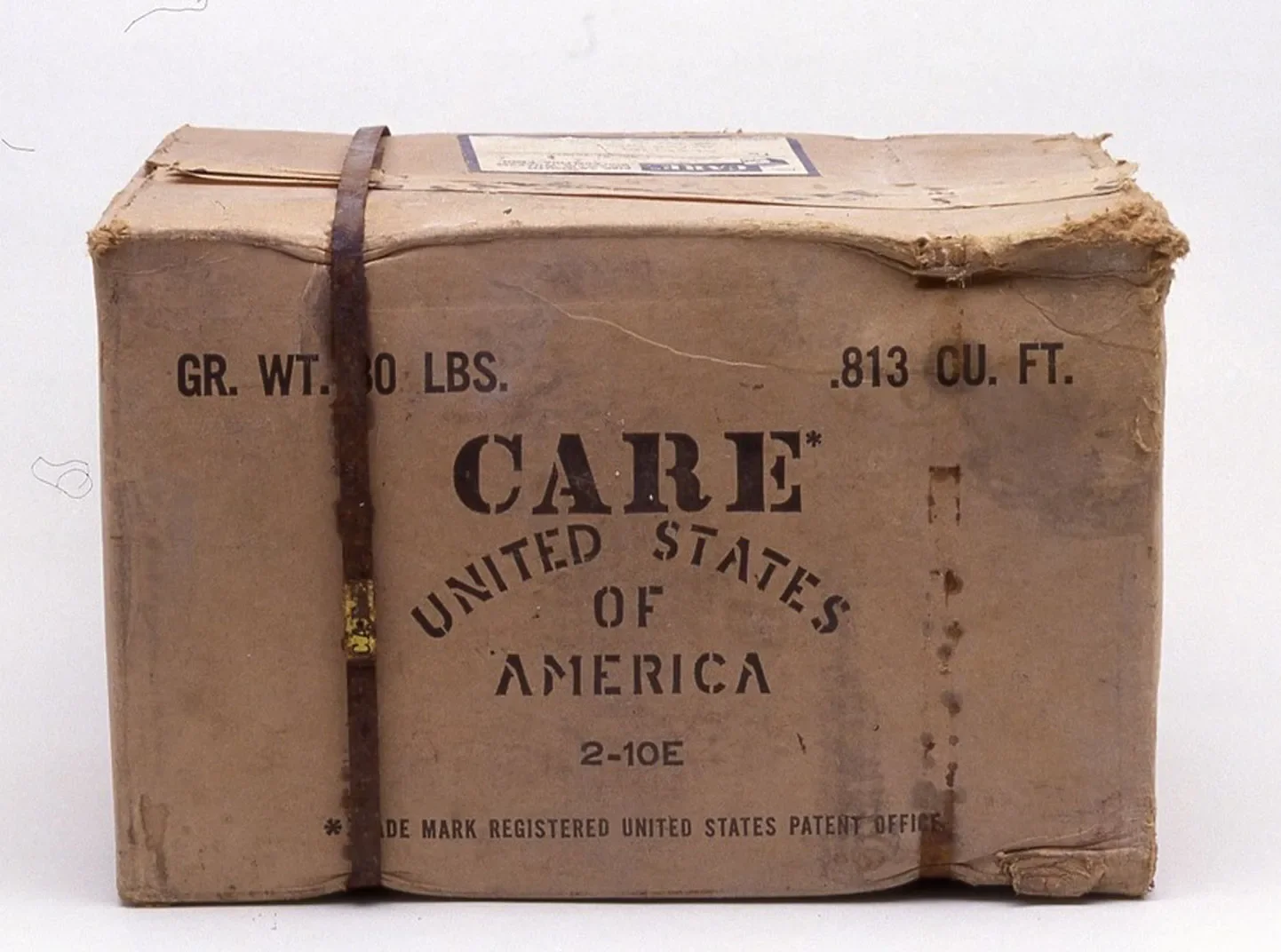CARE’s Village Savings and Loan Associations (VSLA) and voucher assistance (VA) model are generally understood to be among the most dignified means of assistance, particularly for women.
By combining advocacy, support for broad adoption of best practices in voucher assistance, and innovations that strengthen women’s ability to respond to crises, Village Savings and Loan Associations in Emergencies (VSLAiE) will spark systemic changes in humanitarian response that will impact millions of women, girls and their families for years to come.
Background
Market-based approaches that increase women’s economic empowerment and autonomy, including VSLAs and cash assistance, have been shown to dramatically boost the ability of women and their families to prepare for, react to, and recover from crises. CARE is integrating these approaches into its humanitarian programming, while also filling critical gaps through innovation and broad contributions to the sector.
The VSLAiE initiative will expand the promotion and engagement of VSLAs in emergencies, complementing cash and voucher assistance. The combination of VSLAs plus cash and voucher assistance has the potential to immediately increase women’s involvement in household financial decision-making. The two groups also help women enhance their financial management skills through training and hands-on experience. To expand on these findings, CARE is designing and implementing pilots in crisis settings to help women drive their own recovery through cash-plus-VSLA models, while also developing a cash–plus–VSLA toolkit that can be widely shared.
VSLAiE Model
To support the recovery and resilience of people in emergencies, CARE designed a VSLA in Emergencies model, comprised of three stages.
1. Preparedness
In humanitarian contexts, contingency planning and preparedness are critical steps that enable organizations to respond quickly and effectively during a crisis. Since women and girls face disproportionate burdens from crisis, including increased risk of violence and decreased access to critical health services, establishing the plans to address the specific needs and constraints of women in emergencies is a necessary first step in coordinated
humanitarian response.
2. Linking VSLA and VA
The successful integration of VSLAs and VA requires an assessment of the markets, social norms affecting women and girls, and other needs as well as deliberate identification and targeting of households. To sensitize leaders, partners, and potential partners to the benefits of VSLAs and VA, conversations about cash transfers and the importance of saving through VSLAs to support recovery must be held with the community.
3. Short Cycle VSLAs
The traditional 12-month VSLA cycle can be shortened to meet the needs of displaced populations who are often mobile and in transition.
